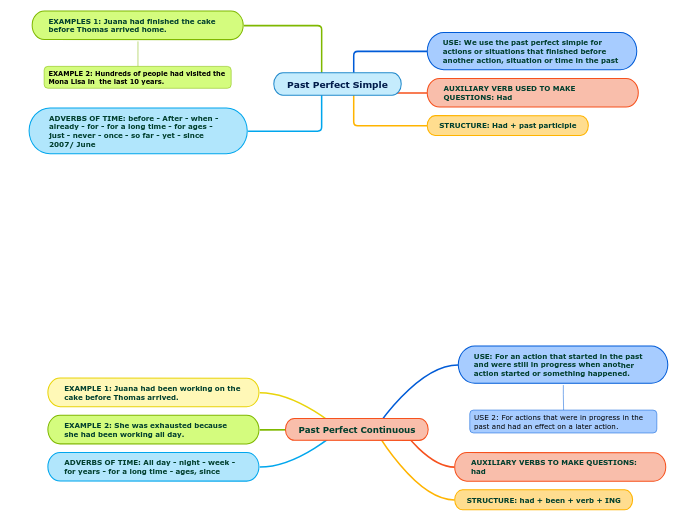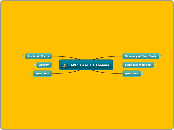a najihah sulaiman 7 éve
1133
CHAPTER 7 IMPLEMENTING STRATEGY
The focus of this material delves into various strategic implementation frameworks within organizations. It explores the merits and drawbacks of different structural approaches, including divisional, functional, and matrix structures, highlighting how each can impact career development, decision-making processes, and overall operational costs.
Megnyitás
CHAPTER 7 IMPLEMENTING STRATEGY Divisional Structure Disadvantanges Requires a skilled management force Duplication of functional activities Can be costly Promotes delegation of authority Creates career development chances Allows local control of local situations SBU Structure Matrix Structure Violates unity of command principle Costly because creates more manager positions Requires excellent vertical and horizontal flows of communication Shutting down a project is easily accomplished Employees can clearly see results of their work Project objectives are clear Restructuring & Reengineering Linking Performance and Pay to Strategies Managing Resistance to Change Self-Interest Change Strategy Educative Change Strategy Force Change Strategy Functional Structure Disadvantages Lead to Short-Term, Narrow thinking Inadequate planning for products and markets Minimizes career development Advantages Allows for rapid decision making Capitalizes on specification of business activities such as marketing and finance Simple & Inexpansive Managing Conflict Confrontation Defusion Avoidance Resource Allocation Types of Resource
Financial Physical Human Technological TYPE OF RESOURCES Technological Human Physical Financial Policies Annual Objective Human Resource corporate wellness programs benefits of a diverse workforce balancing work life and home life employee stock ownership plans (ESOPs) Operation









